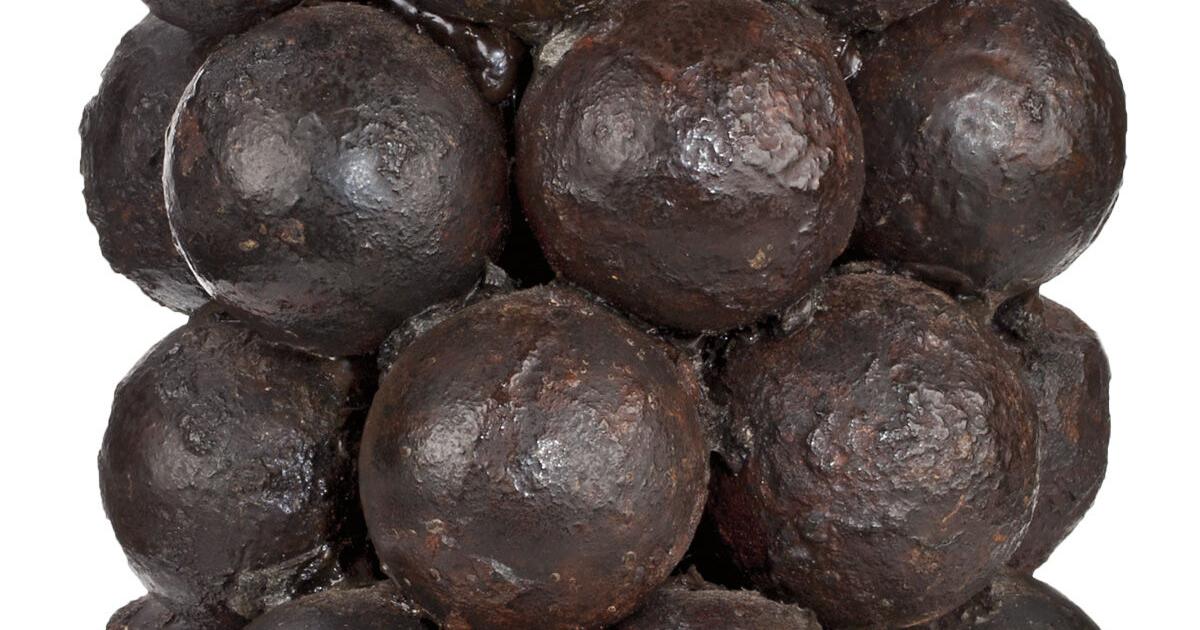Jakesquest4411
Newbie
- Oct 31, 2023
- 1
- 2
I talked my little sister out of a cannonball she had rolling around in her trunk. She don't need a cannonball. I want one. Because..... Who doesn't want a cannonball? After I actually got to see it. I looked it over.
I believe, it's a Civil War "Mortar Ball". It weighs and measures approximately:
50 lbs.
8" diameter
It also has a seam all the way around it. Has 2 divets. In between those is the fuse hole.
I believe, it's a Civil War "Mortar Ball". It weighs and measures approximately:
50 lbs.
8" diameter
It also has a seam all the way around it. Has 2 divets. In between those is the fuse hole.






